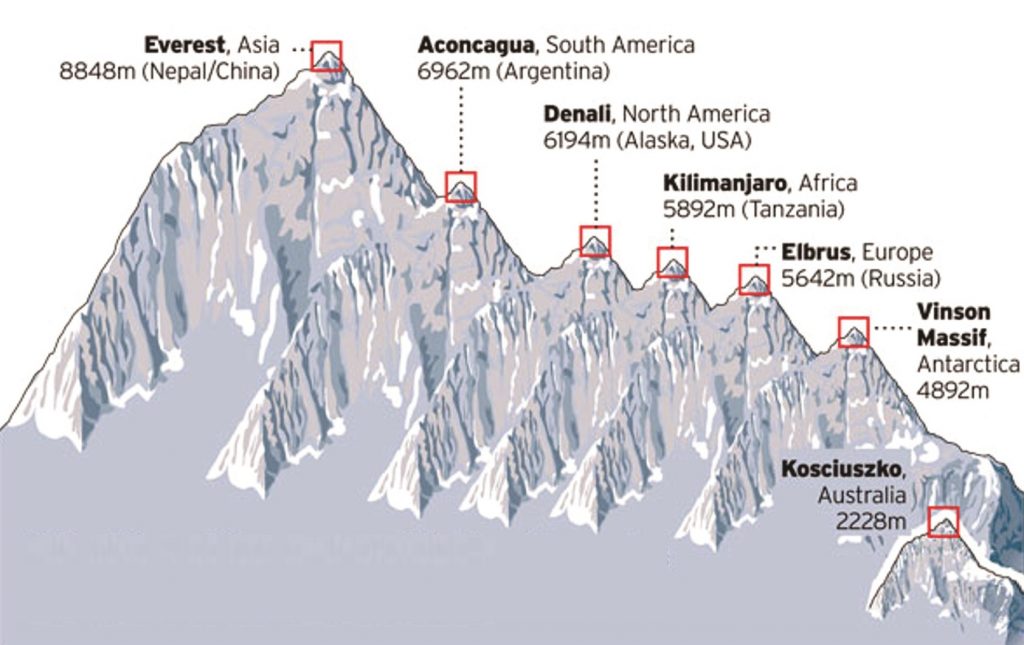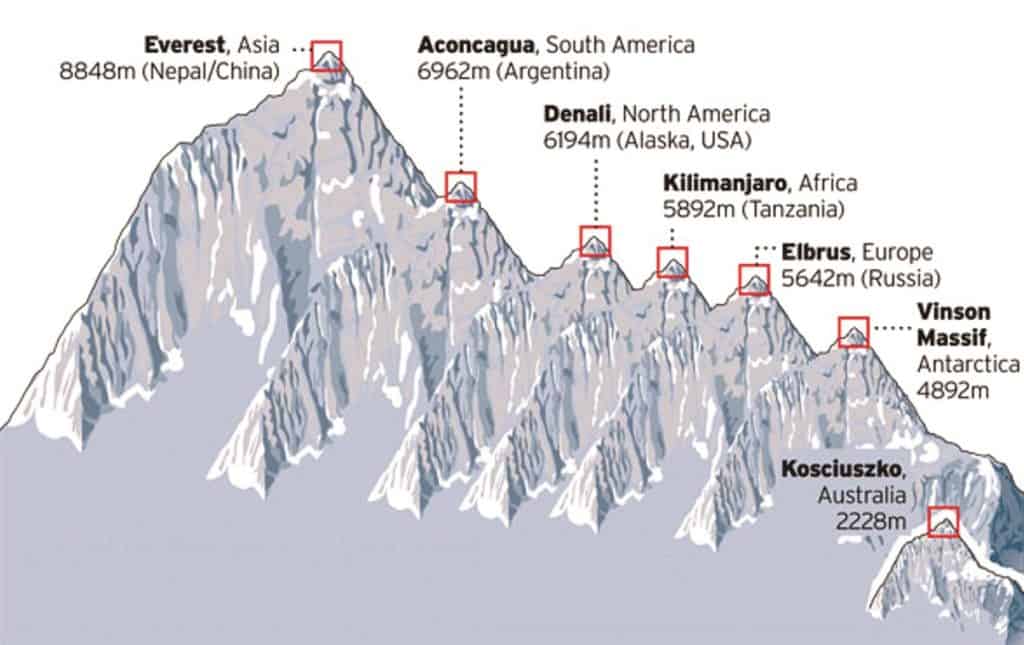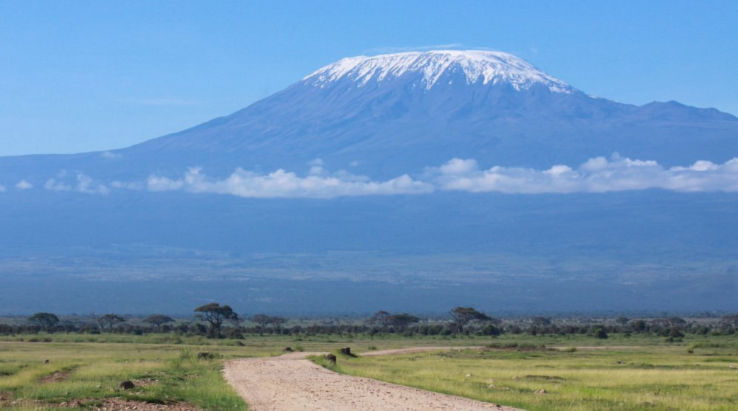Few mountains captivate the imagination quite like Mount Kilimanjaro, the tallest free-standing mountain in the world. This awe-inspiring massif rises majestically from the lush landscapes of northeastern Tanzania, beckoning climbers and curiosity alike. Its commanding presence and intriguing features make one ponder just how tall this natural wonder truly is.
Mount Kilimanjaro stands at an impressive 5,895 meters, or 19,341 feet above sea level. It was first summited in 1889 by German geographer Hans Meyer and Austrian mountaineer Ludwig Purtscheller. This significant height makes it not just a peak but a point of intersection for geologists, environmentalists, and adventurers worldwide.
The Height of Mount Kilimanjaro: A Towering Wonder
Mount Kilimanjaro, standing at 5,895 meters (19,341 feet) above sea level, is the tallest mountain in Africa. It’s a stunning sight that attracts thousands of climbers from around the world each year. This immense height not only challenges climbers but also offers unmatched views from the summit. The mountain comprises three volcanic cones: Kibo, Mawenzi, and Shira, with Kibo being the highest point. These peaks contribute to Kilimanjaro’s unique and majestic profile.
This towering mountain holds volcanic origins, with its formation dating back hundreds of thousands of years. Kibo, the highest cone, had its last major eruption about 360,000 years ago. However, it has since remained dormant, showing no signs of current volcanic activity. Despite being in a tropical location, the mountain’s high elevations promote glacial formations. These glaciers can be seen from miles away, adding to its striking beauty.
Mount Kilimanjaro’s impressive height provides a range of climatic zones, from tropical rainforests at the base to arctic conditions at the summit. This variation creates a rich biodiversity. Climbers experience five distinct ecological zones during their ascent. Each zone supports different plant and animal life, making the climb a constantly changing journey. Below the summit’s glaciers are alpine-desert zones, where hardy species survive in cold dust and high winds.
The mountain’s majestic height and unique location have embedded Kilimanjaro in local culture and lore. Various tribes and communities see the mountain as a crucial part of their heritage. Chagga people, residing at Kilimanjaro’s base, have rich legends about the mountain. For many, conquering this peak is not just a physical challenge but a deeply spiritual journey. It symbolizes the connection between humanity and nature’s immense force and beauty.
The significance of its altitude at 5,895 meters above sea level explained by geographers and climbers
Mount Kilimanjaro’s altitude of 5,895 meters makes it a standout feature in the heart of Africa, drawing in experts from various fields. For geographers, its height is a perfect case study in tectonic activity and ancient volcanic processes. They study how the African and Somali plates interacted to form this grand mountain. Besides, Kilimanjaro’s diverse ecosystems present excellent opportunities for research. Its elevation allows scientists to observe how different life forms adapt to varying environmental conditions.
Climbers view Kilimanjaro’s altitude as a thrilling challenge, offering them the unique experience of transitioning through multiple biomes in a single journey. The climb starts at the mountain’s base, covered with lush rainforests. As climbers ascend, they move through moorlands and alpine deserts before reaching the icy summit. Each biome presents its own set of physical challenges and visual rewards. These changing landscapes make the climb feel like traveling to different parts of the world.
The mountain’s extreme altitude means it can pose serious risks, even to experienced climbers. Altitude sickness is a real concern, as the air thins significantly above 3,000 meters. Symptoms range from headaches and dizziness to more severe issues like pulmonary edema. Climbers need to acclimatize by spending gradual time at increasing elevations. Proper preparation and understanding these risks are vital for a safe and successful ascent.
Communities around Kilimanjaro also see intrinsic value in its height and what it signifies. The mountain’s peak is often shrouded in clouds, inspiring various myths and legends among local tribes. Some believe it’s the home of spirits or the gods. Additionally, the mountain is a crucial source of water, with its glaciers feeding rivers that sustain agriculture and daily life. Thus, for the local communities, Kilimanjaro is not just a physical landmark but a vital, life-sustaining force.
Geological and Cultural History of Mount Kilimanjaro
Mount Kilimanjaro’s geological history dates back millions of years, with its formation linked to the East African Rift system. This process began with tectonic activities that caused the ground to rift and shift, leading to volcanic eruptions. Kilimanjaro itself consists of three volcanic cones: Kibo, Mawenzi, and Shira. Although Shira and Mawenzi are extinct, Kibo remains dormant but potentially active. Understanding these geological aspects offers insight into the Earth’s dynamic nature.
The cultural history of Mount Kilimanjaro is as rich as its geological one, deeply rooted in the traditions of local communities. The Chagga people, who reside near the mountain, have a strong spiritual connection to it. They believe that Kilimanjaro is the dwelling place of their ancestors and gods. Their folklore and legends often revolve around the mountain’s imposing presence. This cultural significance has been passed down through generations, making Kilimanjaro a central figure in their heritage.
European explorers first documented Kilimanjaro in the mid-19th century, significantly impacting its global recognition. German missionary Johannes Rebmann was among the first to report seeing snow on the mountain’s peak in 1848. His observations were initially met with skepticism, as many could not believe a snow-capped mountain existed near the equator. However, subsequent expeditions confirmed his findings, drawing scientific and adventurous interest to Kilimanjaro.
Throughout history, Kilimanjaro has also played a role in various political and social movements. During the campaign for Tanzania’s independence from British colonial rule, the mountain symbolized freedom and resilience. It even influenced global culture, finding mention in literature and art. Climbing Kilimanjaro has become a testament to human endurance and the spirit of exploration, reflecting its lasting impact on both local and global scales.
Impacts of Mount Kilimanjaro’s Elevation on Climate and Biodiversity
Mount Kilimanjaro’s elevation significantly affects the local climate, creating diverse weather patterns across its slopes. The mountain’s height causes air to cool and condense, leading to different rainfall levels at various elevations. This effect results in a variety of climate zones, from tropical forests at the base to arctic conditions at the summit. These distinct zones sustain different ecosystems, making Kilimanjaro a unique study area for climate research. Scientists often monitor these changes to understand broader climatic shifts.
The diverse habitats on Kilimanjaro support a rich variety of plant and animal species. At lower elevations, tropical rainforests are home to numerous mammals, birds, and insects. As climbers ascend, they encounter moorlands with unique vegetation adapted to less water. The alpine desert zone features hardy plants that survive in harsh conditions. Near the summit, only the most resilient species can endure the freezing temperatures. This biodiversity makes Kilimanjaro an important conservation area.
Elevation changes also impact the mountain’s water cycle, affecting rivers and streams flowing from its slopes. Glaciers, although now rapidly shrinking, historically played a crucial role in maintaining water supplies. The melting ice feeds into rivers that support agriculture and communities in the region. This water is vital for both daily needs and farming, making Kilimanjaro a critical water source. Changes in the mountain’s ice cover are closely watched by environmentalists.
Temperature variation at different altitudes provides scientists with a natural laboratory to study climate change. The shrinking glaciers on Kilimanjaro are a clear indicator of global warming. As temperatures rise, the ice caps melt, altering the mountain’s ecosystem. Monitoring these changes helps scientists predict future climate patterns. This data contributes to global climate models used to understand long-term environmental impacts.
The altitude of Kilimanjaro also offers a unique environment for the study of high-altitude biology. Researchers investigate how plants and animals adapt to less oxygen and lower temperatures. This research has implications for understanding similar ecosystems around the world. Insights gained from Kilimanjaro help in conserving other high-altitude environments. Protecting these areas ensures the survival of specialized species adapted to such extreme conditions.
Key Takeaways
- Mount Kilimanjaro is 5,895 meters tall.
- It’s the highest peak in Africa.
- Kilimanjaro is the tallest free-standing mountain globally.
- The altitude creates diverse climate zones affecting ecology.
- Climbing it offers a major challenge and adventure.



